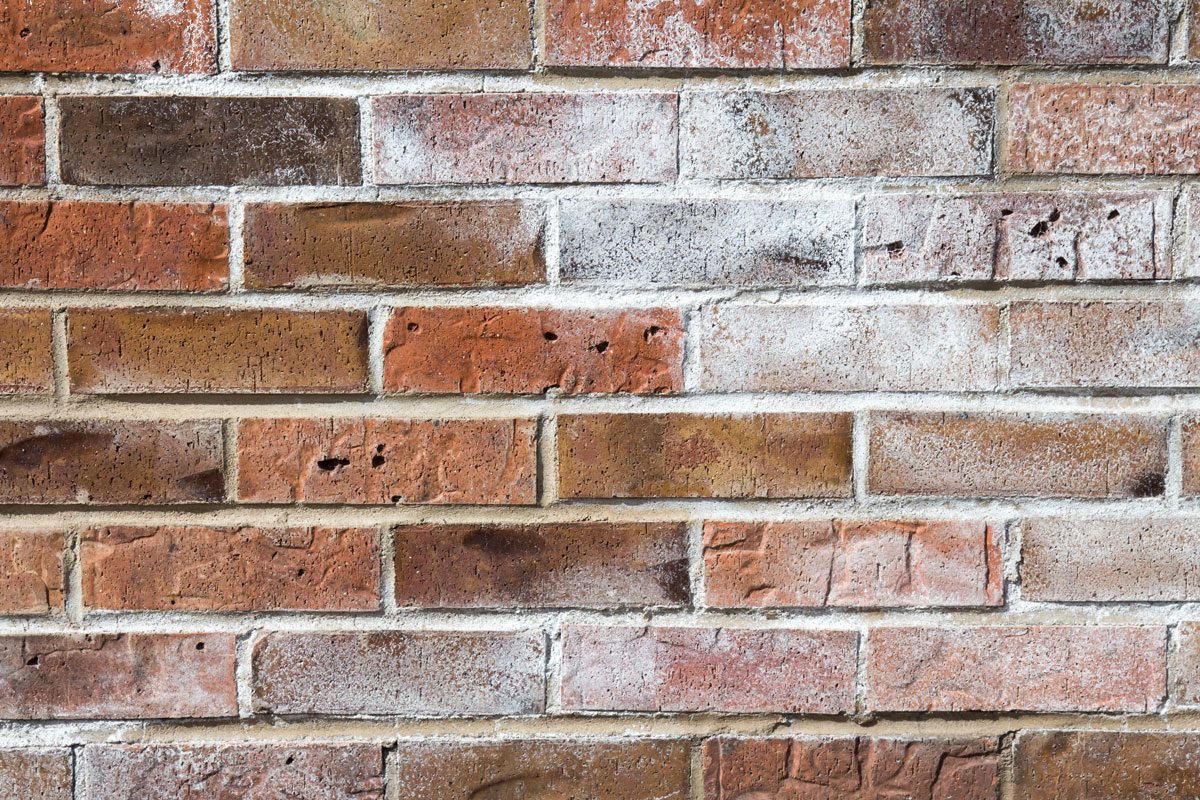How many home repairs have you put off to next week…and the next week…and the next week? Find out why that’s downright dangerous.
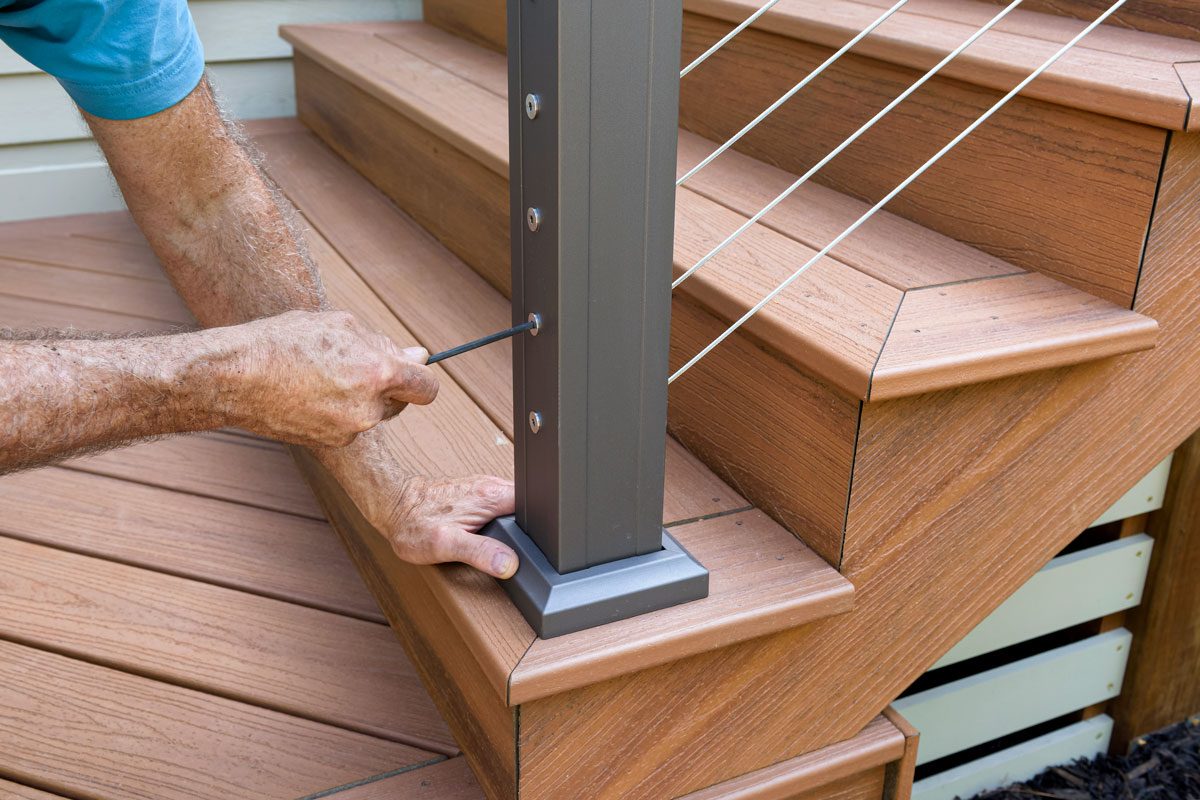
24 Home Repairs You Need to Make Before Someone Gets Hurt

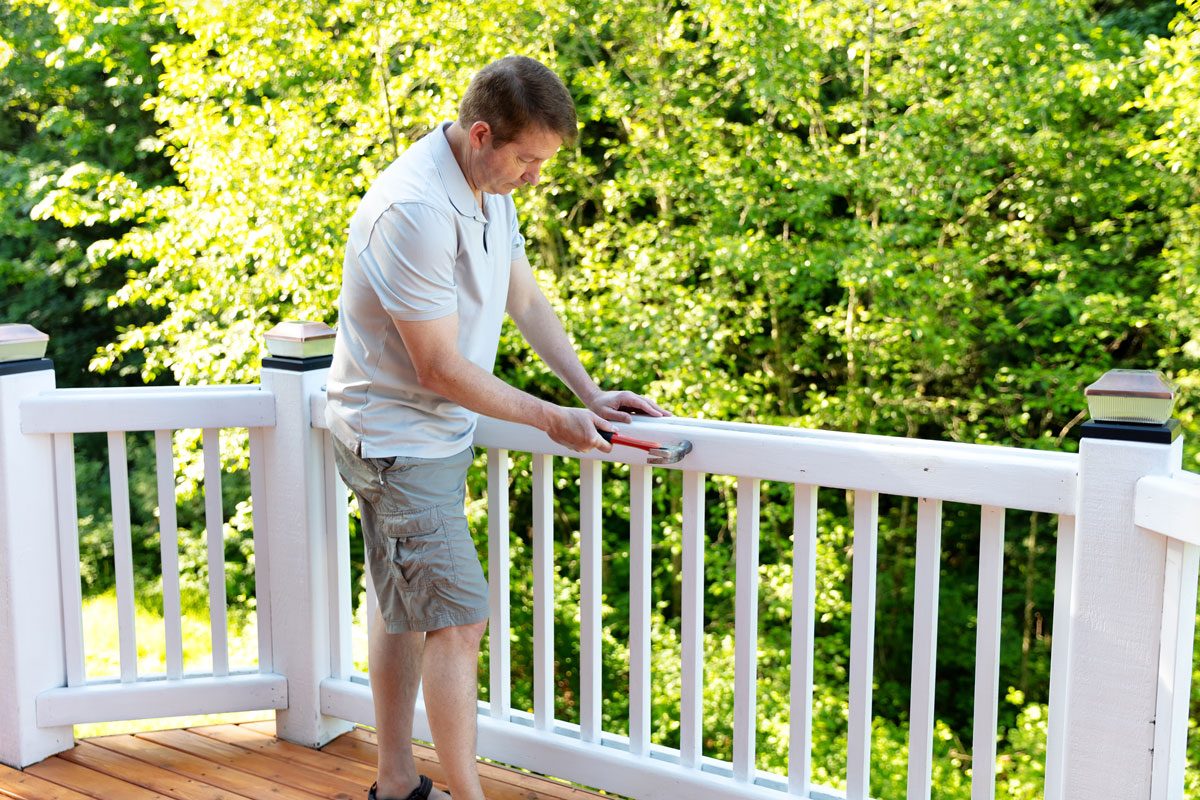
Loose Railings
If you’ve got a loose handrail for your stairs, it’s best to fix it right away. More than 1 million Americans hurt themselves by falling down stairs annually, according to a study by the American Journal of Emergency Medicine. It comes with an estimated $92 billion in direct and indirect costs.
Decks and outdoor stairs can develop wobbly railings, as well, often due to a wobbly bottom post. Don’t delay fixing wobbly outdoor railings because failure to do so could lead to serious falls and injuries, especially from deck stairs.
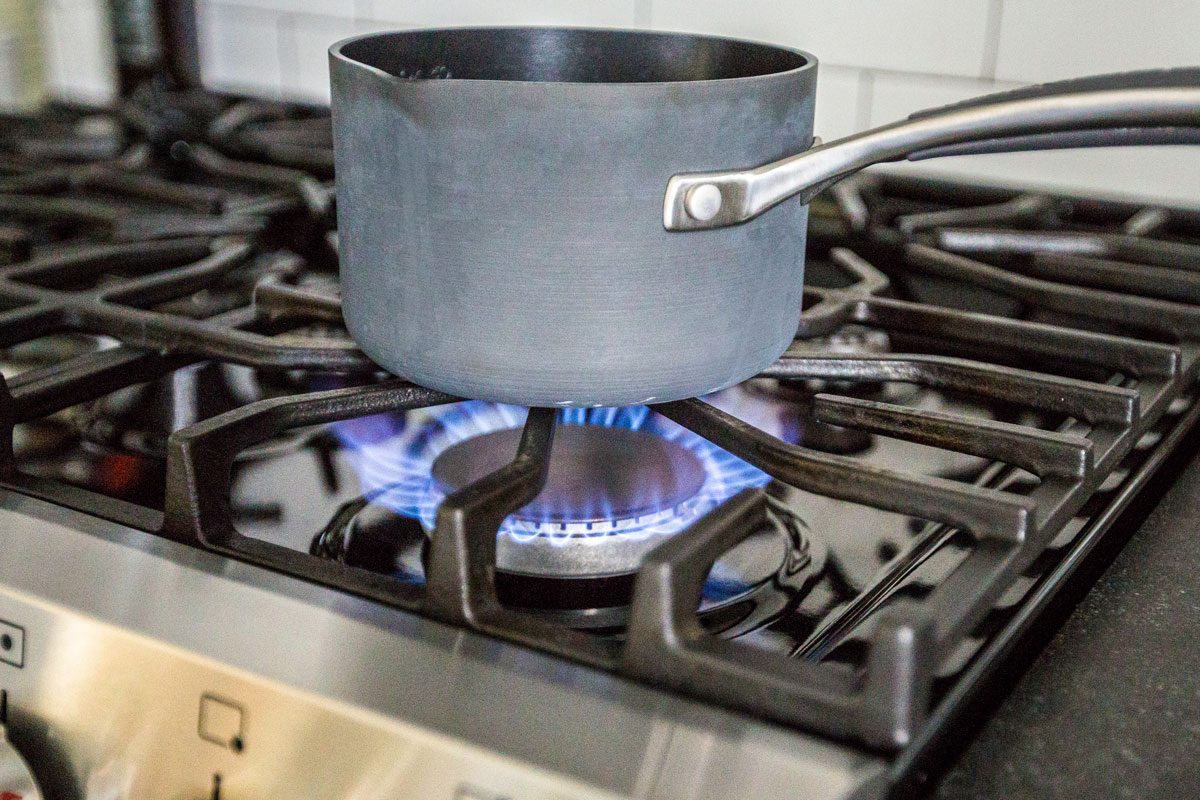
Gas Range
According to the Centers for Disease Control and Prevention (CDC), carbon monoxide is the leading cause of poisoning death. One place it comes from within your home is a gas range, so install and use an exhaust vent whenever you use the range.
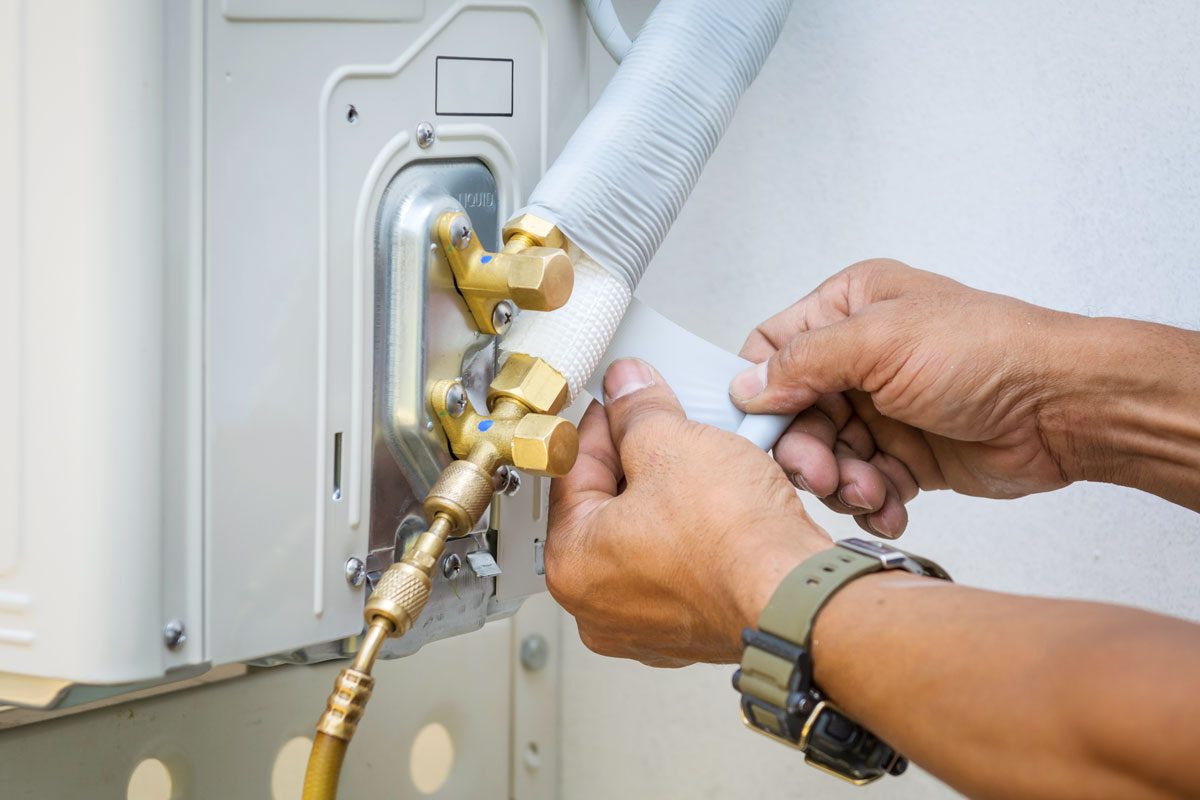
Air Conditioners
An AC unit can be a major blessing on a hot summer day, but if it’s leaking, you’re in trouble! According to Heathline, a leaking AC unit can cause refrigerant poisoning, which can lead to heart palpitations and seizures and cut off oxygen to your lungs and cells, ultimately resulting in death. If your air conditioner is leaking refrigerant, you should purchase a Freon leak repair kit that contains the hose, valve and sealant and follow the directions carefully.
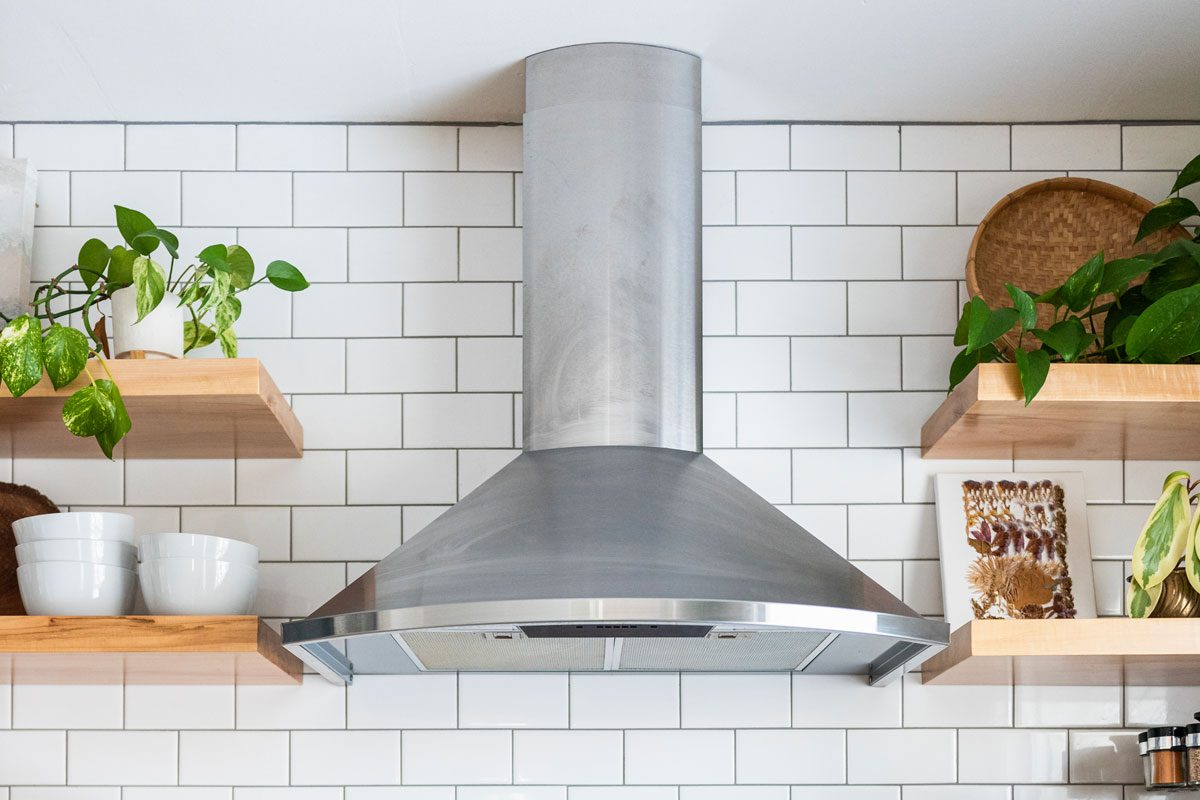
Range Hood
According to Brett Singer, Ph.D., “Literally, millions to many millions of people are routinely being exposed to air pollutants at levels that we don’t allow outdoors.” He told the journal Environmental Health Perspectives, “The Environmental Protection Agency (EPA) would say we don’t have a carbon monoxide or nitrogen dioxide problem in this country…We absolutely do have that problem. It’s just happening indoors.” The key is to design stove range hoods that are far more effective since most ones in use today are generally inefficient at capturing the pollutants and transporting them outside.
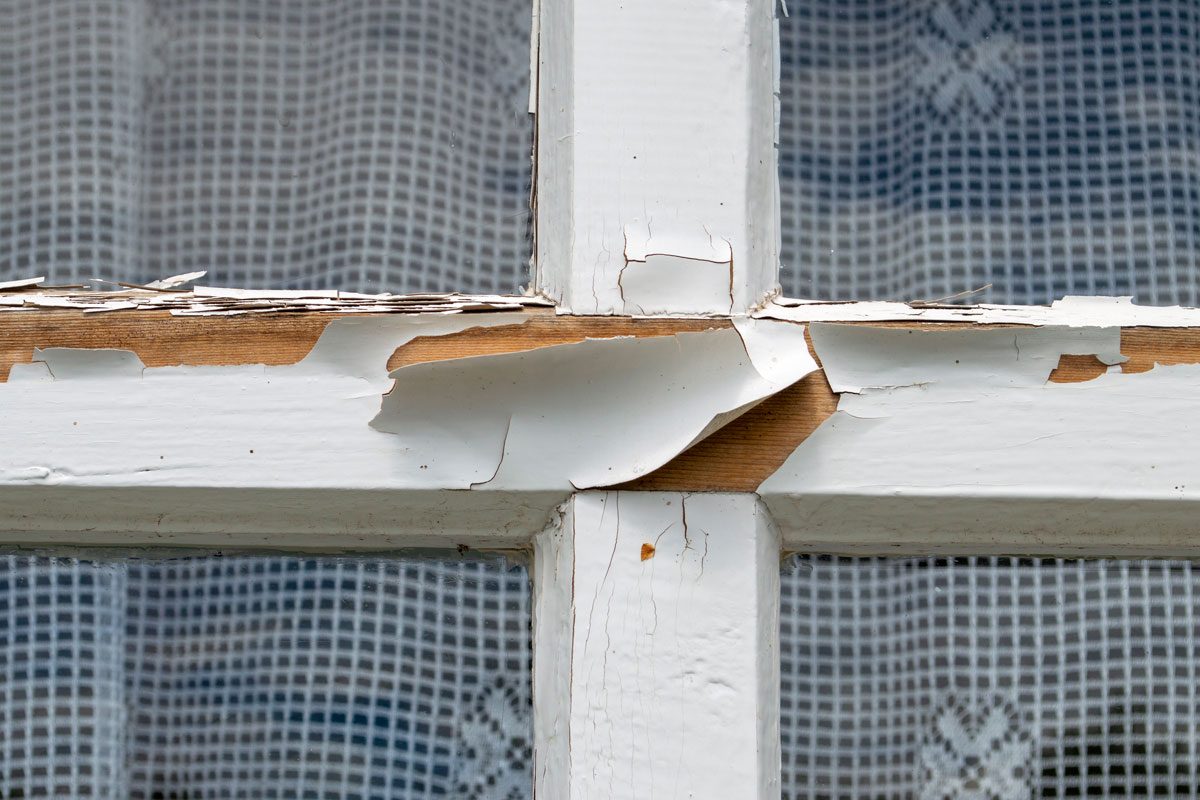
Lead Paint
The chances of your home having lead paint are high if your home was built before 1978. If old paint is chipping or cracking, the toxicity can be inhaled or ingested, especially during renovations. According to the Mayo Clinic, lead exposure can result in developmental delays, abdominal pain, neurological changes and irritability. At high levels, it can be fatal.
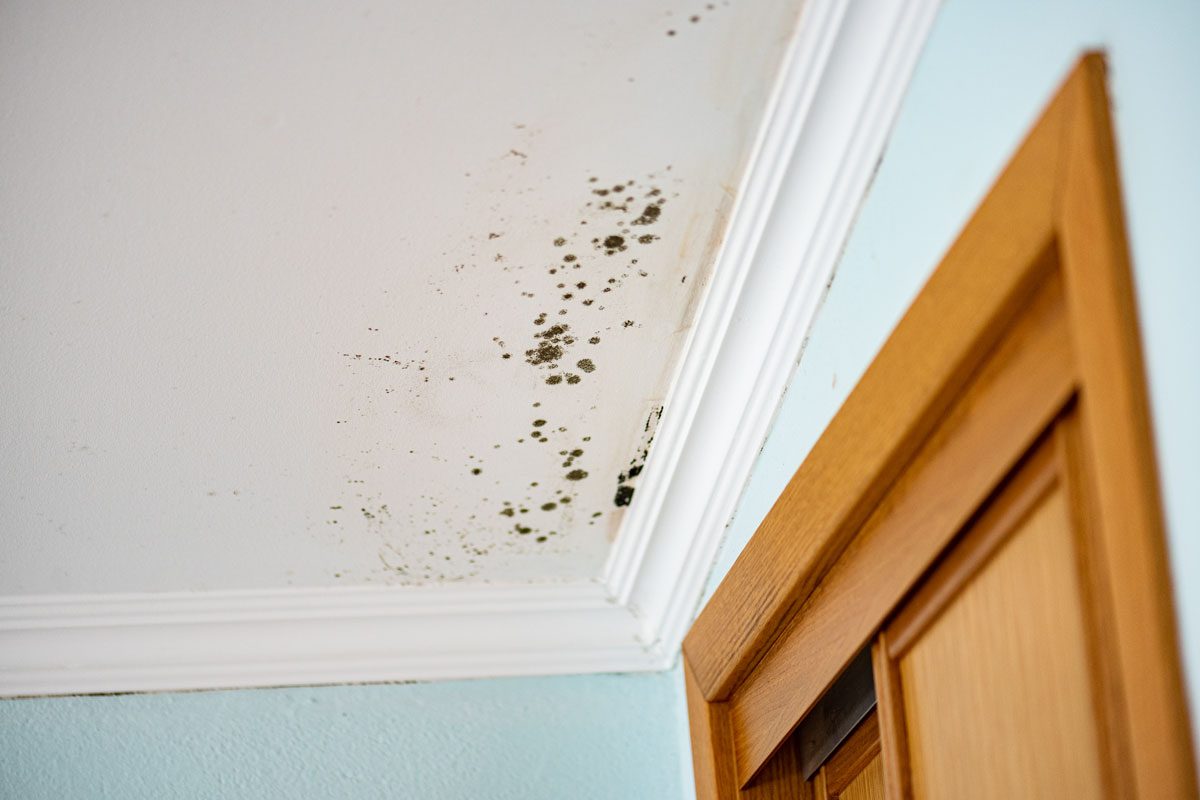
Mold
Invisible mold spores are everywhere, although they need moisture to turn into the real deal. When full-fledged mold occurs, it can cause allergic reactions and asthma attacks. Some molds even produce toxic substances called mycotoxins, which have been linked to nausea, immune system suppression, liver damage, central nervous system damage and cancer, which is why it’s imperative that it’s removed.
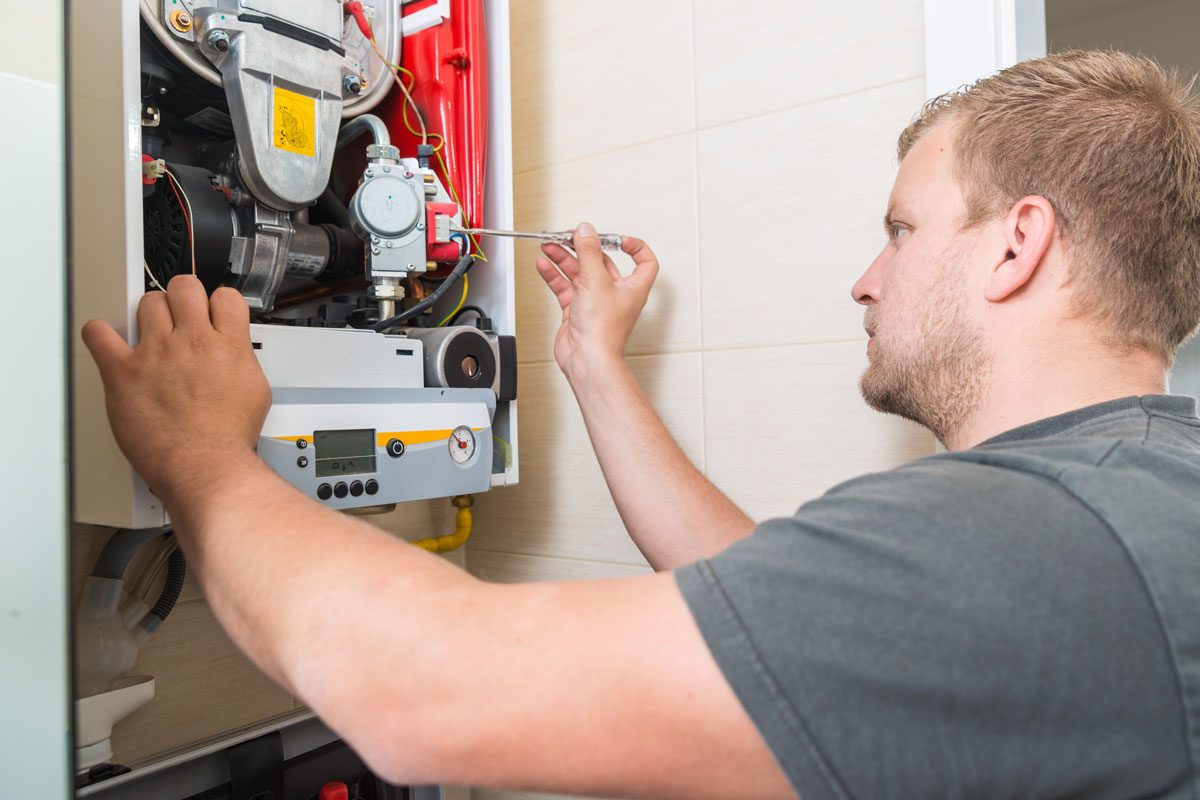
Furnace
Furnaces can both be a fire hazard as well a source of gas leaks and carbon monoxide poisoning. Stay on the safe side by getting your furnace serviced at least once a year.
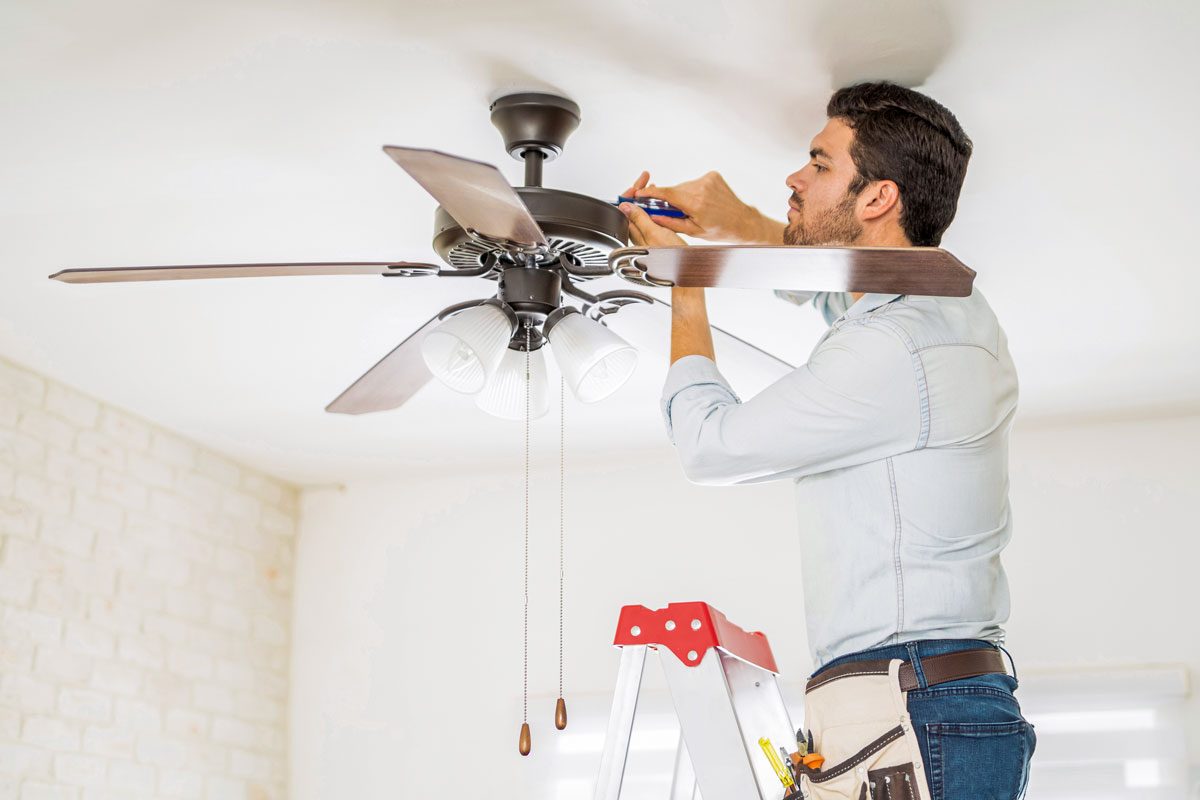
Loose Ceiling Fans
Ceiling fans are a great way to cool off without taking up floor space, but a loose ceiling fan dropping on your head is less than ideal! If the fan’s ceiling mount is loose or weak, the fan could end up on the floor.
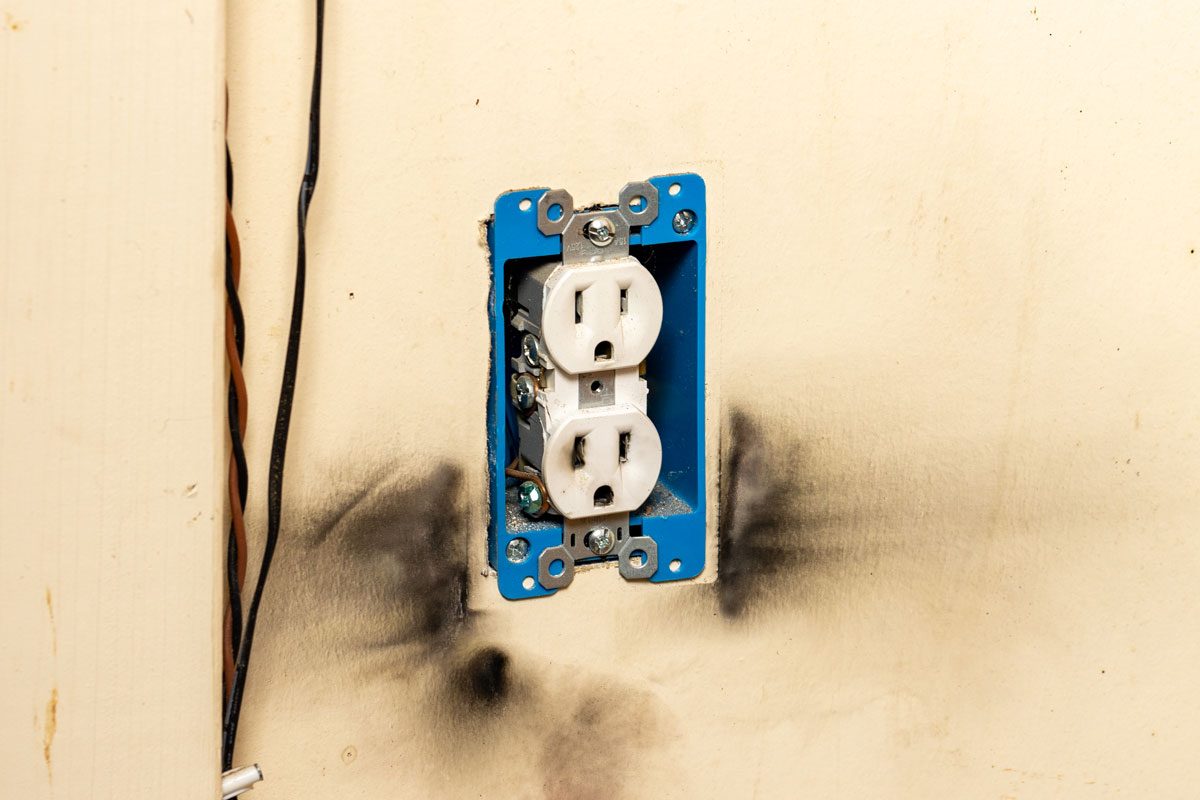
Damaged or Loose Electrical Outlets
Exposed electrical outlets can put you and your family at a major risk for getting electrocuted. The U.S. Consumer Product Safety Commission accounts for nearly 200 people dying from home electrocutions per year. Prevent accidents by calling a licensed electrician to fix or repair damaged electrical outlets and wiring.
The constant movement of loose electrical outlets can also loosen the wires connected to the outlet and create dangerous arcing. Luckily, the fix is simple.

Old Smoke and Carbon Monoxide Alarms
With fires injuring or killing more than 20,000 people each year, it’s important to test your smoke alarms to maintain proper safety. It’s also necessary to check your carbon monoxide alarms regularly, since carbon monoxide leads to 500 deaths annually.
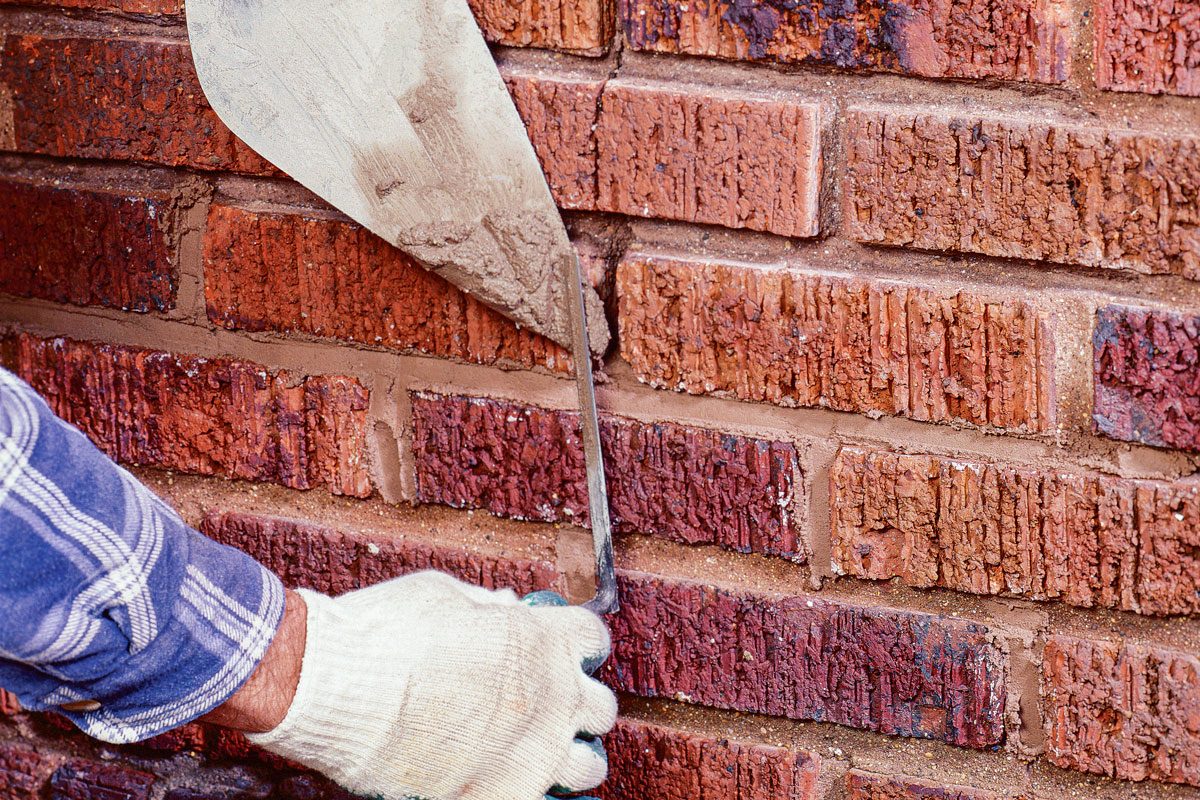
Loose Brick
A loose brick can ultimately lead to major problems – even a wall collapse – but the fix is simple. Find out what it takes to fix a loose brick.
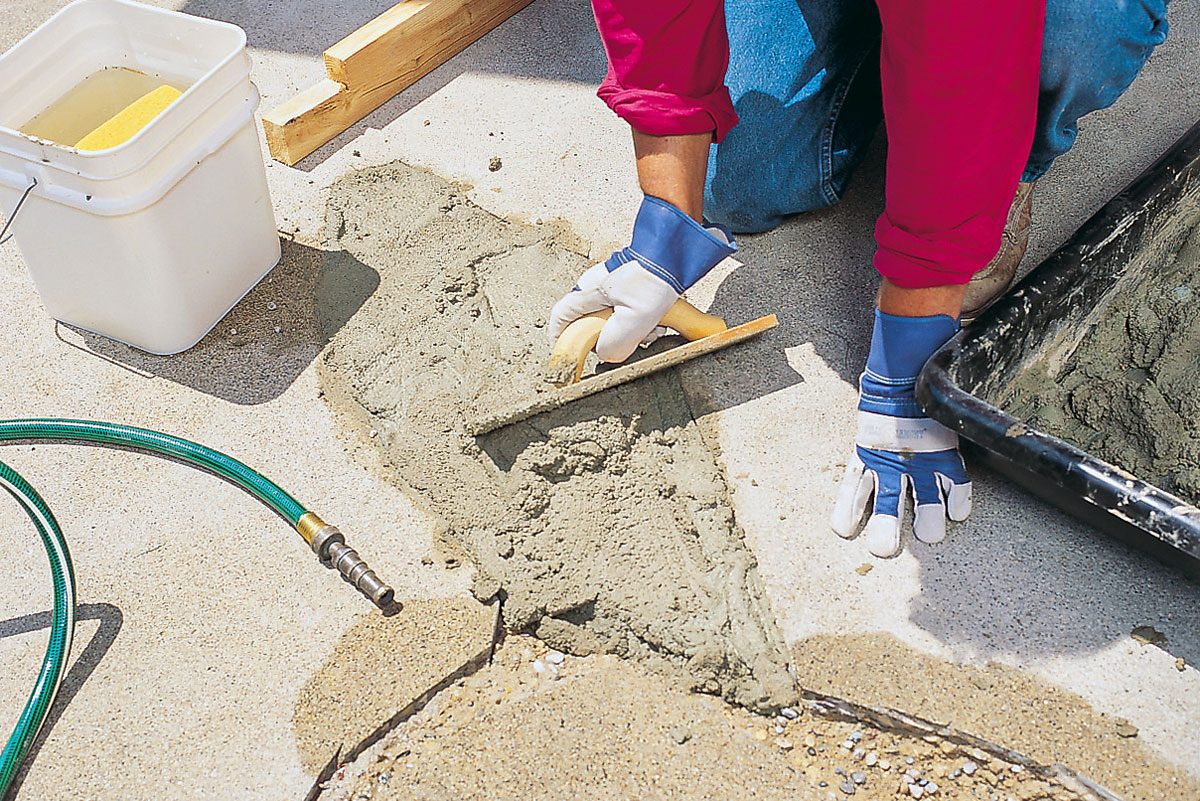
Sidewalk Paths
You might be familiar with the concrete chunk that fell out of a step or the deep crack along the sidewalk but somebody else, like a delivery person, won’t know about it. Prevent any falls or twisted ankles by patching up a busted up sidewalk with these tips.
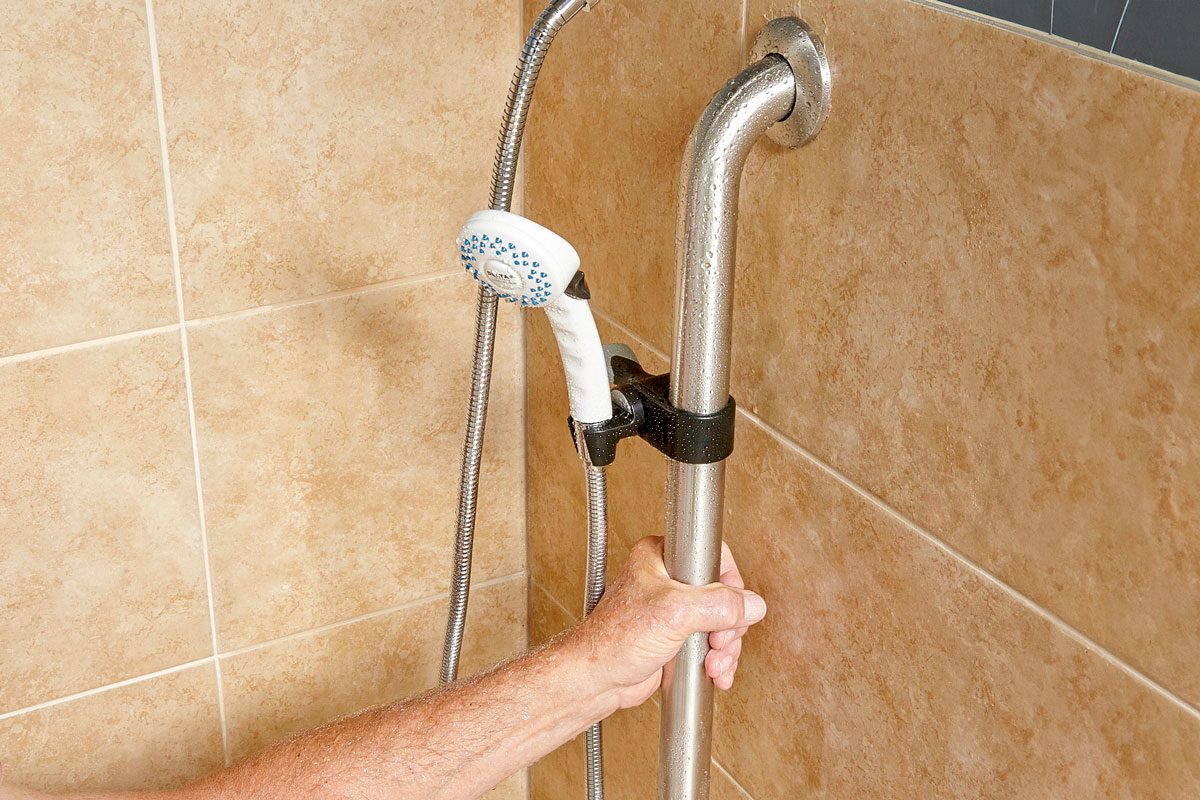
Showerhead Grab Bars
For people with limited mobility or who prefer to shower while seated, a handheld showerhead is a terrific help. And even better is a handheld showerhead on a sliding rail that allows for individual adjustment. But because those rails are often flimsy, grabbing one could be a disaster. Look for an ADA-compliant grab bar with a sliding handheld showerhead.
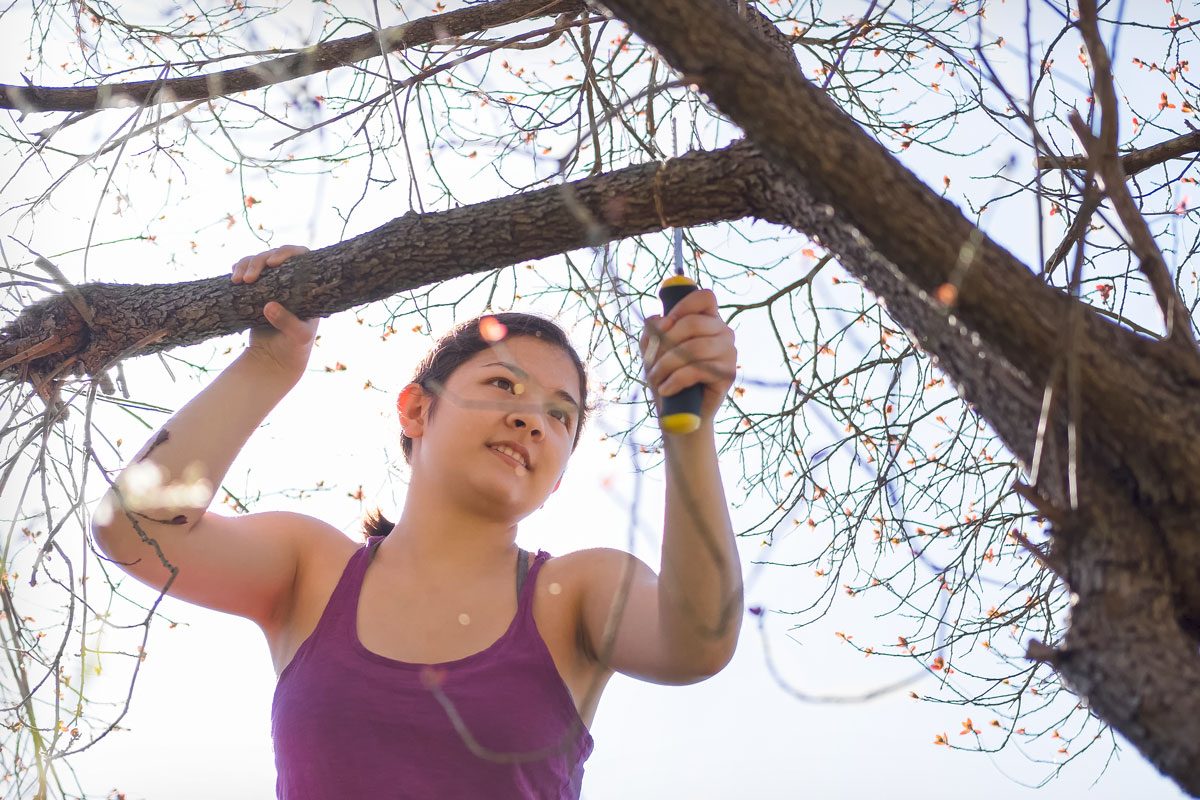
Trim Branches
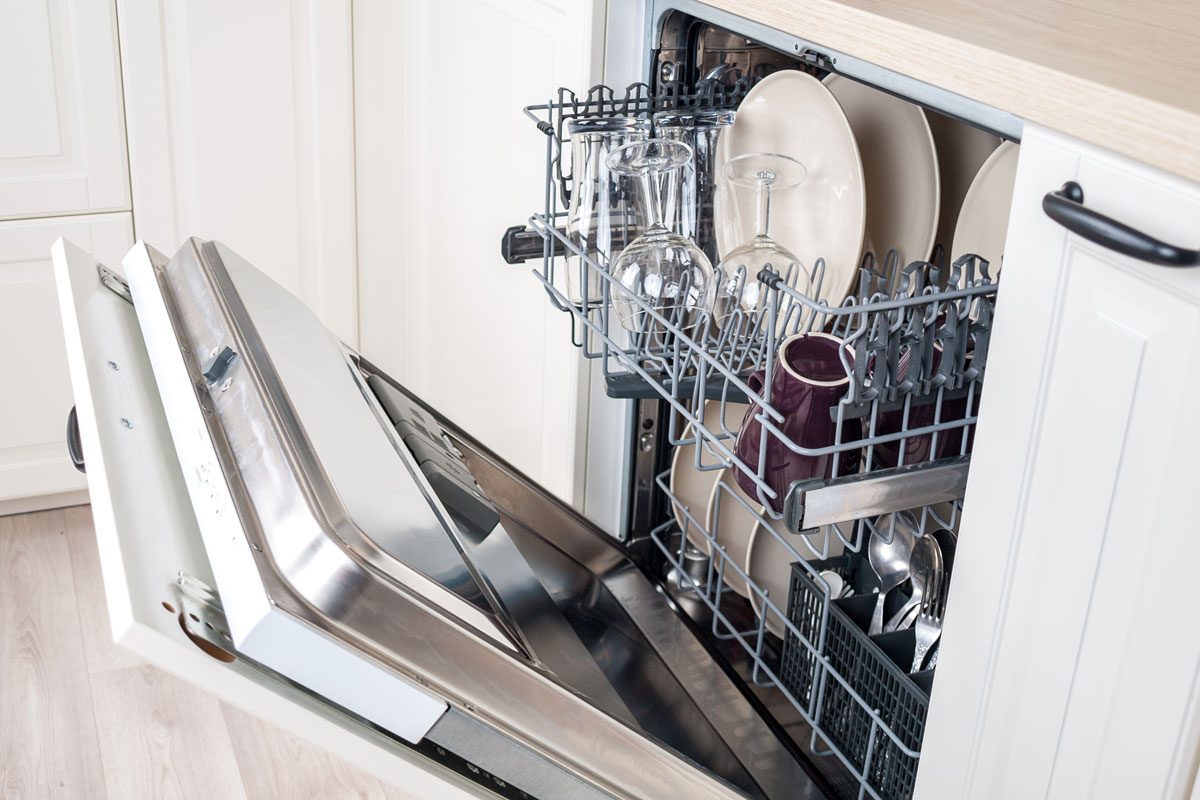
Dishwasher Latch
You’re likely familiar with the steam the escapes from a dishwasher after a drying cycle so if you’ve got a loose latch, tighten it up to prevent any kind of steam burns or any injury that could occur by running into the open door.
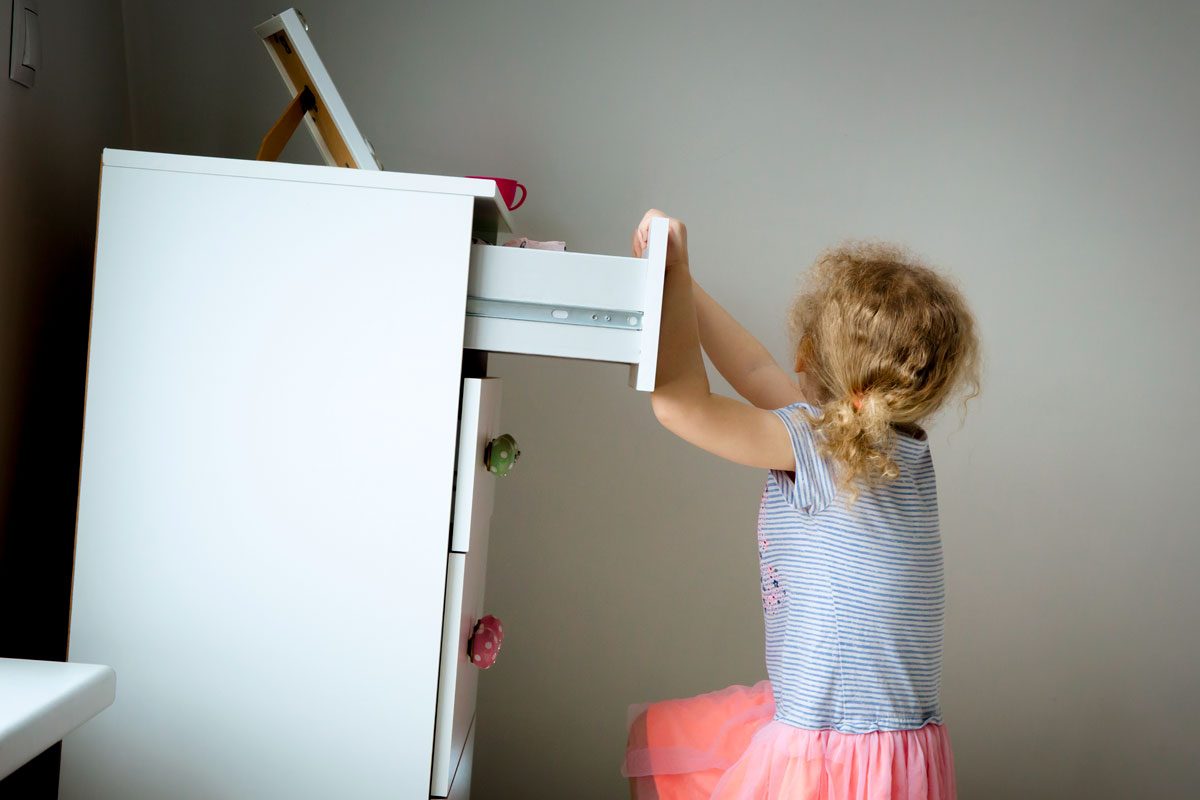
Tipping Furniture
Every year, thousands of children are injured by furniture tipping over. Every two weeks, a child is killed by a tip-over. The stats, which come from the Consumer Reports (CR) and the Consumer Product Safety Commission, reveal there were 195 deaths caused by tip-overs between 2000 and 2016. CR also reported that in 2016, 2,800 incidents of injury to children from a falling piece of furniture occurred—a 33 percent spike from 2015.
Dresser tip-overs are the biggest culprit, with children pulling out dresser drawers to climb on them. Even the sturdiest dressers can fall forward, so ensure yours are secured.
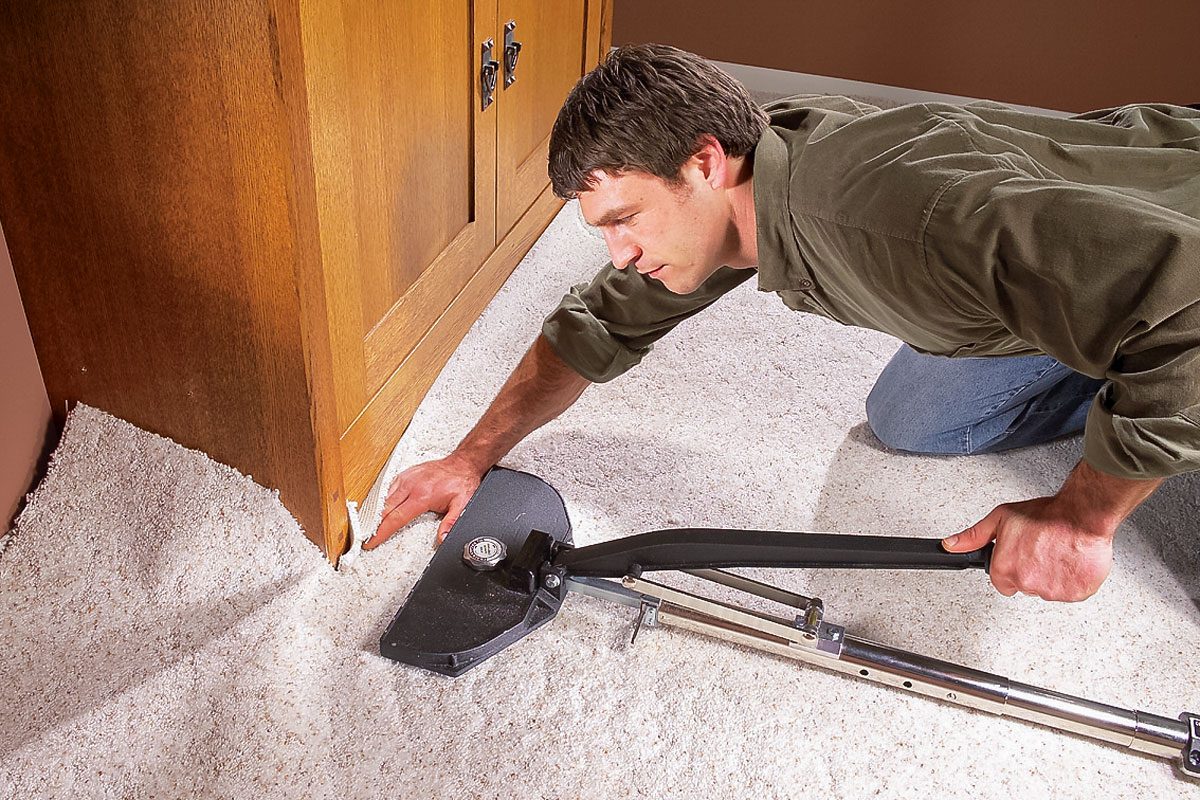
Loose Carpet
There shouldn’t be peaks and valleys in your carpet. Just think one false move and you’re flat on your face. Take the time and see how you can stretch your carpet out to eliminate any potential injury risk.
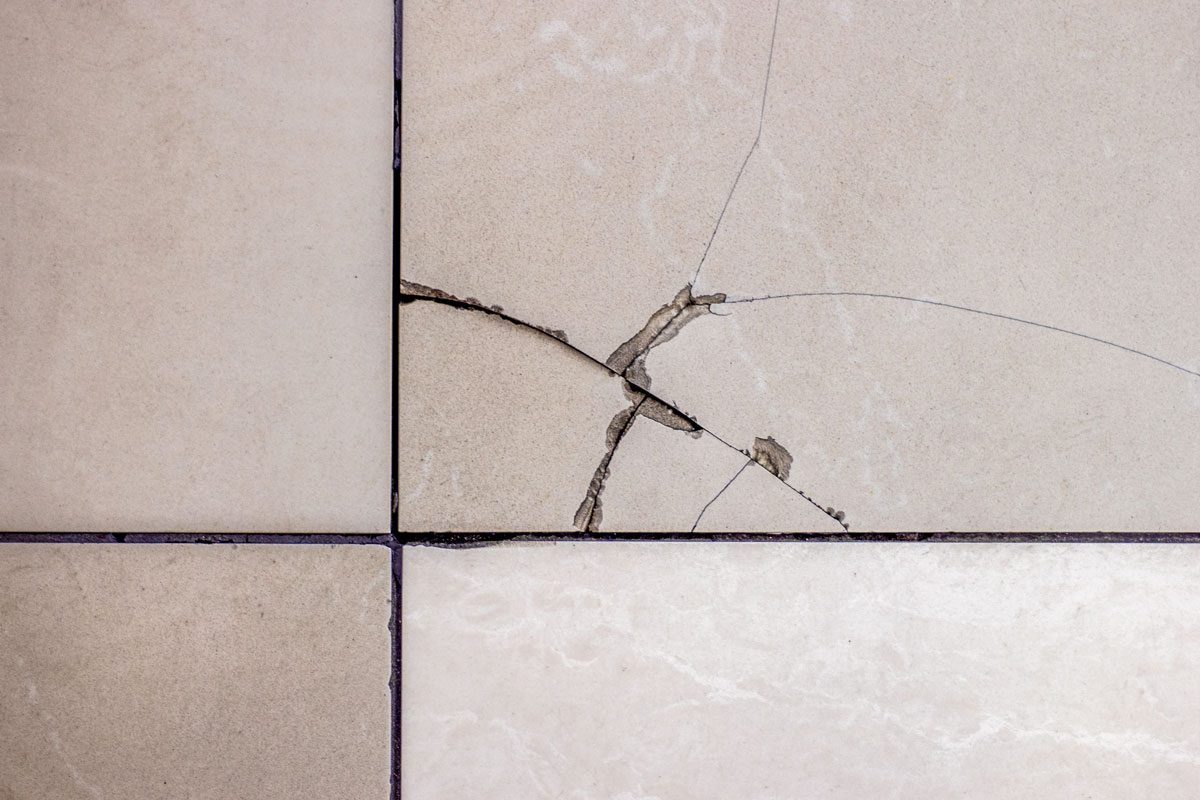
Broken Tiles
Broken tile can have jagged edges which will make walking around precarious.
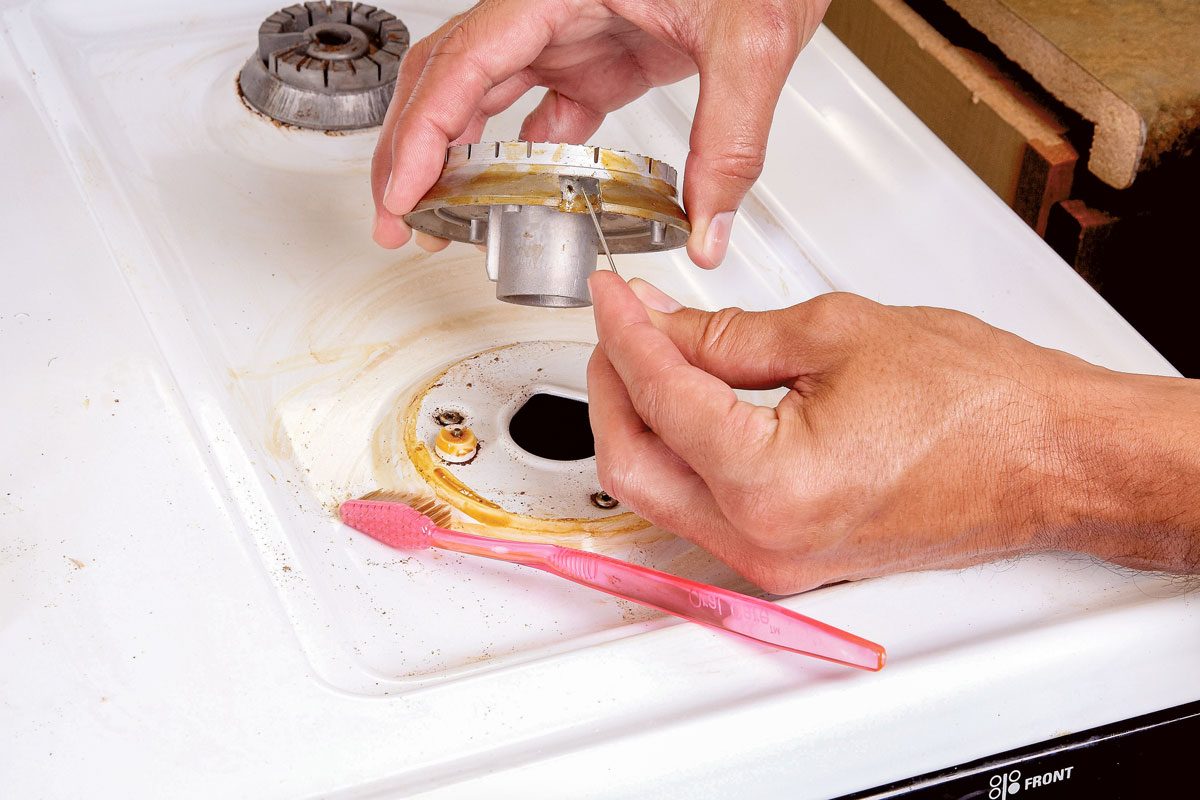
Dirty Stove
If your stove is covered with grease and other flammable grime, a small kitchen fire can get out of hand quickly. Clean and clear the area around the stove before turning on the heat.

Exposed Lightbulbs
Those closet lights that don’t have an enclosure around them pose a fire and safety risk in the home. According to Buell Inspections, under normal circumstances a 60-watt light bulb will not get hotter than 175 degrees Fahrenheit but under some conditions it could reach close to between 290-500 degrees, high enough to ignite things likes table tennis balls, which begin to melt around 130-150 degrees, according to Nittaku, a table tennis equipment manufacturer.
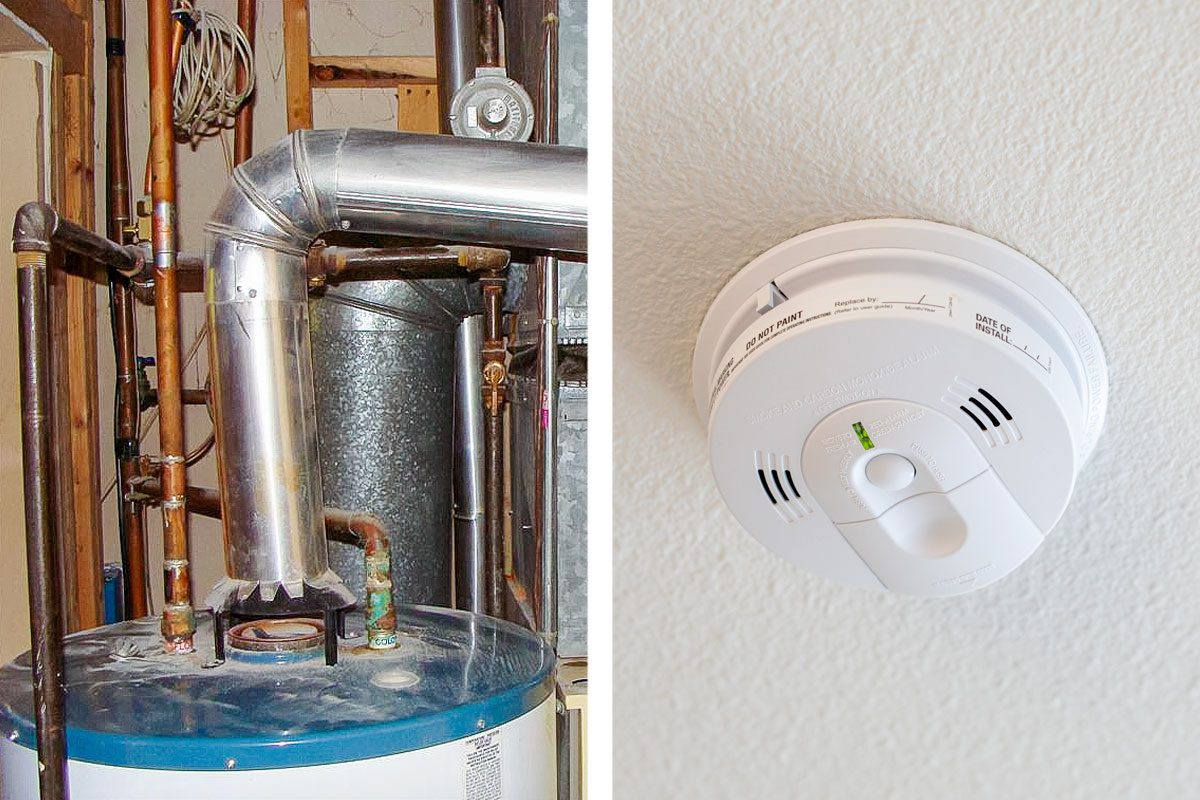
Back-drafting Water Heater
Sometimes, the cause of back-drafting is obvious: A vent pipe may be disconnected from a vent hood, for example, or a vent may slope downward. But even a properly installed vent might occasionally backdraft because of high winds or other unusual circumstances. So the surest way to protect your family is to install carbon monoxide alarms. If you don’t have CO alarms in your house, go get them today.
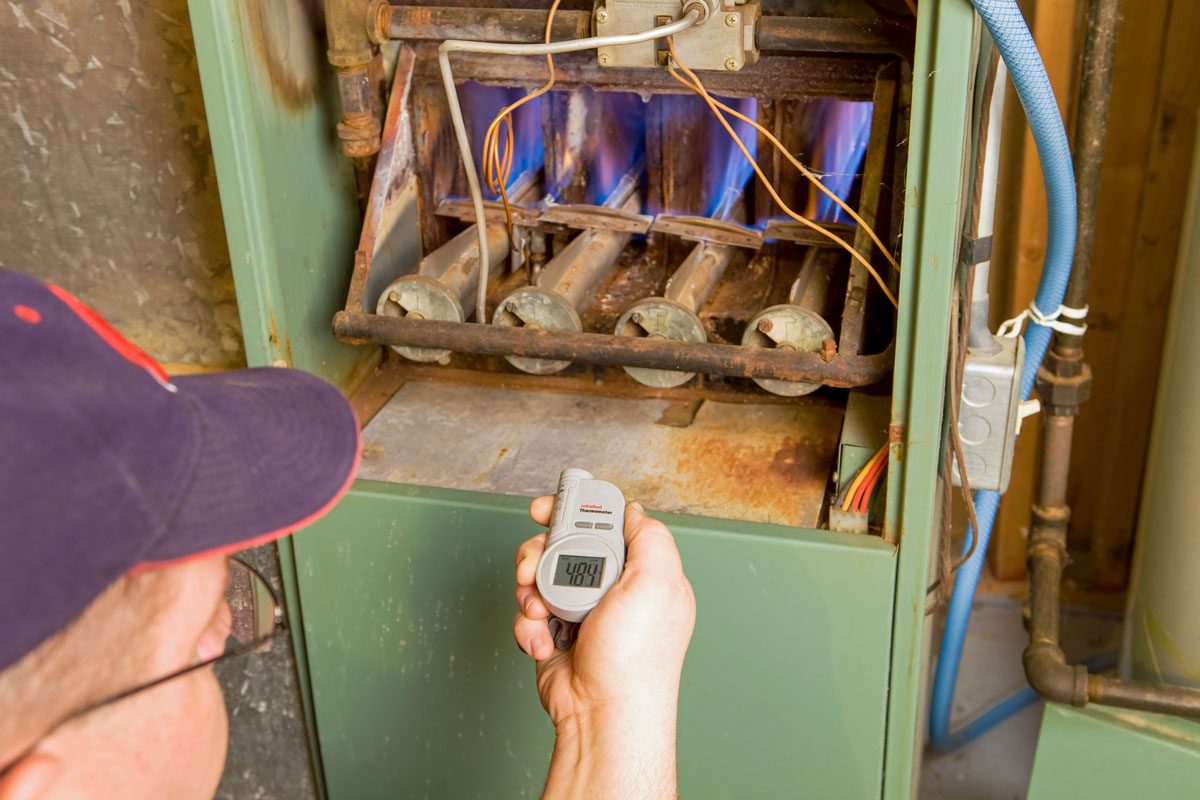
Cracked Heat Exchange at Furnace
So what’s a cracked heat exchanger all about and what’s the big deal? I wrote a blog post many years ago discussing that topic, and the gist of my blog post was the same as what’s stated on the COmyths website; a cracked heat exchanger probably isn’t as dangerous as many folks make it out to be, but the furnace (or heat exchanger) still needs replacement.
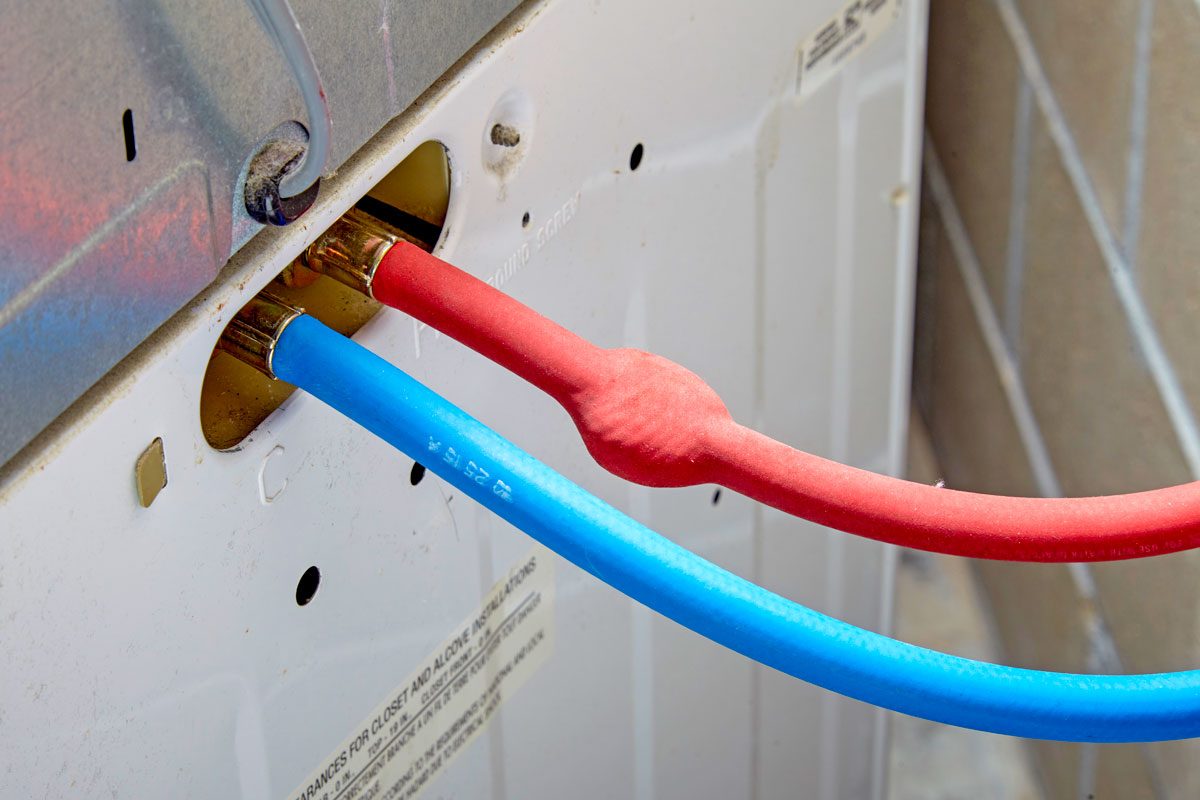
Bulge in the Washing Machine Hose
What it means: The hose is ready to burst.
A bulging washing machine hose is an emergency. It may burst next year, next week or right now. But it will fail and it won’t just leak—it will gush. In just a few minutes, it can do thousands of dollars in damage.
